Making Lacto fermented carrots is an easy and healthy way to prepare them. It can be used in a wide variety of dishes or simply eaten straight from the fermentation jar.
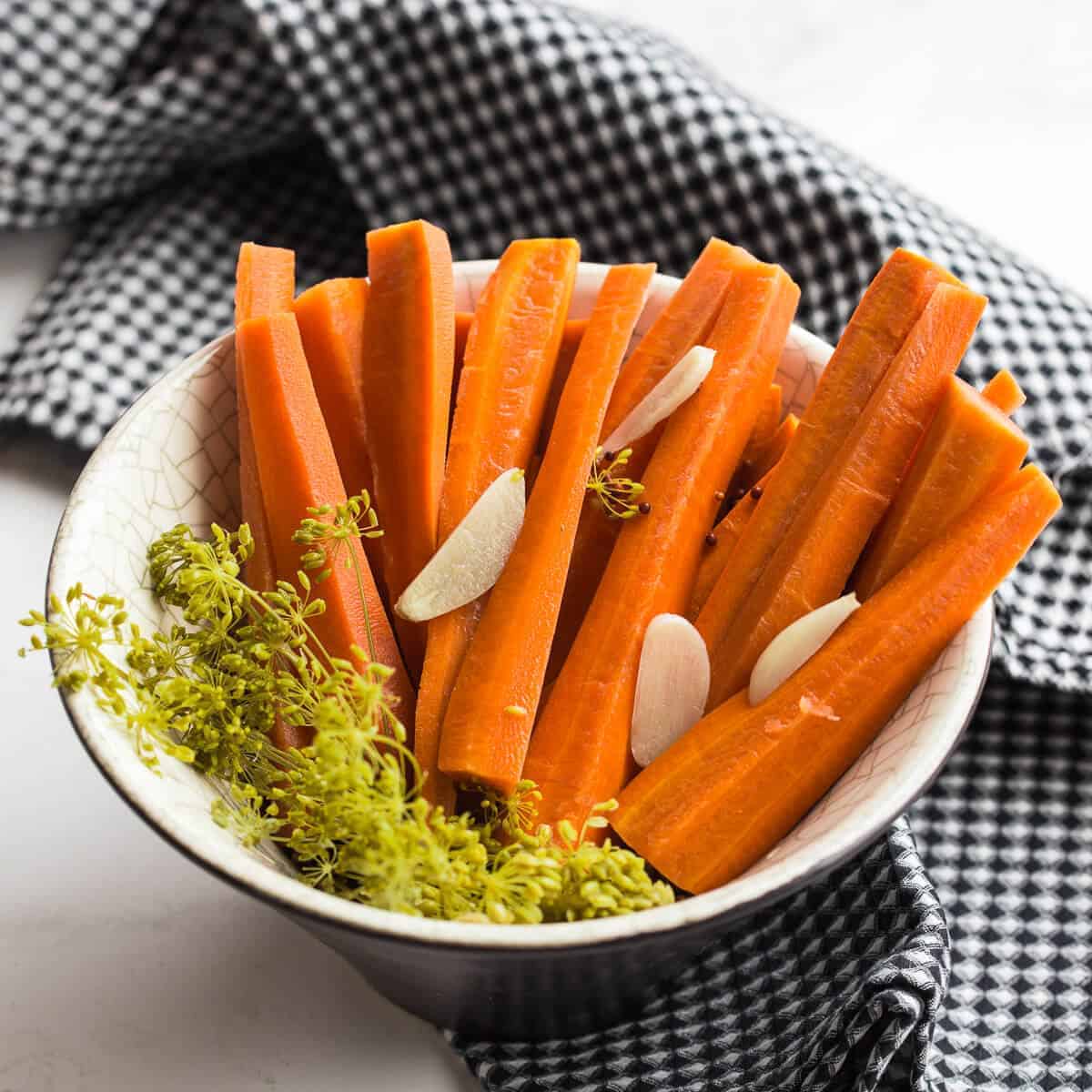
Jump to:
Once you have made properly fermented carrots you will never have pickled store-bought carrots again.
By fermenting carrots yourself you get to control how much salt is used, what flavourings gets added and how sour you like it.
Once fermented, they are extremely versatile to cook with and can be used as an injection of flavour in many simple dishes across a wide variety of cuisines.
Along with their usefulness, fermented carrots also carry great many health benefits.
This ancient way of preserving food is the perfect way to extend the life of summer vegetables deep into the winter months.
What is Lacto fermentation?
Preserving food by way of fermentation has been used by our ancestors as far back as 12000BC. And that's as far as we can tell.
This level of resourcefulness is an extremely important and a stupidly simple technique to learn in an age where responsible consumption and respect for the environment should be top priority.
Fermentation in food terms is where an ingredient's flavour, usefulness and shelflife is enhanced by the work of friendly bacteria.
In Lacto fermented carrots, lactic acid bacteria(lactobacillus) found on the carrots, on our skin, and in the air, turns a simple carrot into something more delicious and naturally preserved when simply left to ferment in salt and water for a few days.
It also safeguards the carrots from spoiling as it creates a situation where bad bacteria can not survive and good bacteria thrive.
Firstly, the brine is salty which in itself discourages bad bacteria.
Secondly, we submerge the carrots completely in the brine which seals it off from the air. This is called an anaerobic environment.
Finally, lactobacillus sours the brine through the fermentation process which lowers the ph to a level bad bacteria can not survive while the good bacteria love this oxygen-free, sour and salty conditions.
Lacto fermentation brine formula
Weight of salt needed = (Weight of water needed to completely cover ingredients + weight of ingredients) X 0.02
It will ensure the best environment for the lactobacillus to survive and grow while deterring unwanted bacteria from creeping in.
What does it taste like?
Lactic acid bacteria(Lactobacillus) will consume sugar present in the carrots. A byproduct of this process is lactic acid. Which gives the carrots a sour taste.
The sourness will continue to intensify the longer the carrots ferment as the lactic acid builds up.
Most people prefer a mild sourness with still some of the original sweetness left in the carrot. Other like them very sour, and some like it sweet and sour.
The texture of fermented carrots is still crunchy and it keeps the original carrot's flavour well.
In this recipe we add aromatics like dill blossom and garlic which are optional but does pair well with carrots naturally and brings nuance to the final product.
In the fermentation world there is something called hand-taste. This refers to the individual taste profile each fermenter or person making the ferment imparts to a specific batch.
So, no ferment will ever be truly the same as another. Rather each will one will have it's own slight differences and flavour profile.
Professional tip
It's important to remember to not add sugar to ferments at the beginning of fermentation.
If you do this, the lactobacillus will simply ferment all the sugars available in the brine into lactic acid, and you will have an even more sour ferment.
Things like honey, that are mainly made of glucose, will make the fermentation process speed up even more. This is because glucose is more easily fermented as it's a simpler sugar.
Rather add the sweetness when you move the ferment to the fridge for storage. This way the bacteria won't consume all the sugars as fermentation slows down to a crawl at fridge temperature.
Health benefits
All naturally fermented foods are packed with a wide range of vitamins, minerals, anti-oxidants, and probiotics.
Fermented carrots contain all the original carrot goodness. They are also packed with gut-healthy lactobacillus that strengthens the immune system, aids in digestion and, keeps your gut microbiome in check.
This in turn could reduce spontaneous food cravings that lead to unhealthy food choices or overeating.
Ingredients needed
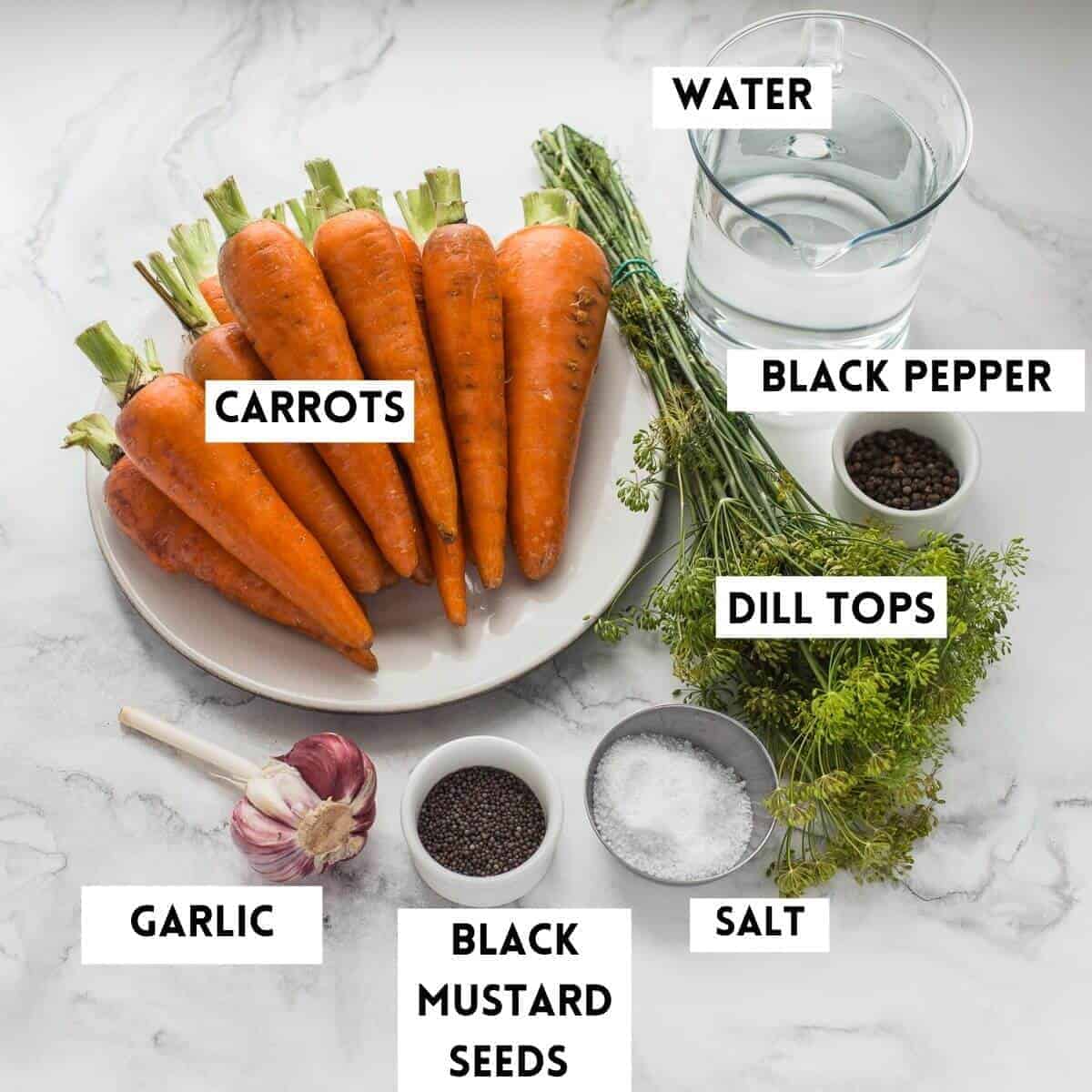
- Carrots - Seasonal and organic if possible. Carrots are the star of the show here and the whole point of fermentation is preserving the harvest. I'll be honest. There is no point fermenting a carrot that flew half-way across the globe to then get fermented. It serves no purpose.
- Water - Clean drinkable water will do. If you live in a place with dodgy water, then boil the water before using, and cool it down completely before using.
- Salt - Natural non-iodised sea salt.
- Aromatics(optional) - This recipe uses garlic and dill tops. This is totally optional and can also be substituted for different aromatics. More on that later.
- Spice(optional) - I used black mustard seeds and black peppercorn. Because I had them. You can leave these out or spice it up more. Ideas in the variations section down in the post.
Instructions
The process of fermenting carrots is silly simple and anyone can easily make this at home with zero cooking knowledge or skills. Simply follow the following easy steps:
- Wash the carrots under cold running water, peel them, cut them into ¼'s lengthways and give them another rinse.
- Place a large properly cleaned 3L Glass jar or plastic bucket onto the scales and zero the weight. If you do things in gallons then use a 1-gallon container. Make sure to wash the container, your hands and utensils properly to avoid any unwanted bacteria from joining the party.
- Add the carrots so that they neatly fill the container. Make them all stand up straight. This way it's easier to fit them all into the container.
- Fill the container up with water taking note of the total weight of the ingredients and the water.
- Multiply that number by 0.02. That is the amount of salt needed in the recipe. Pour the water out into a jug or container and mix in the salt until fully dissolved along with the garlic, black pepper, mustard seeds and dill blossom. Now you have the brine.
- Pour this brine back into the vessel with carrots and place a small plate on top or a plastic bag filled with water. This is to make sure the carrots stay submerged in the brine.
- Close the container with a lid, leaving 4cm or 2 inches room at the top of the vessel, and let the carrots ferment at room temperature (21 degrees Celcius or 69 degrees Fahrenheit) out of direct sunlight for 2 weeks or until you are happy with their taste. Make sure to "burb" or let out gas buildup every 3 to 4 days.
The general rule is. The hotter, the quicker it will ferment. So, give it a taste after about 5 days and then every few days after that until you are happy with the amount of sourness.
I give you this extra in-depth knowledge because your vessel might be different and you might use differently sized carrots as well as ferment at different temperatures. Never let your ferment go above 28 degrees Celcius or 82 degrees Fahrenheit. It will ferment too quickly and start to produce strange flavours.
Wild fermentation, like this, is something you’ll learn over time and the more you ferment the more you will get the hang of it. It’s that simple.
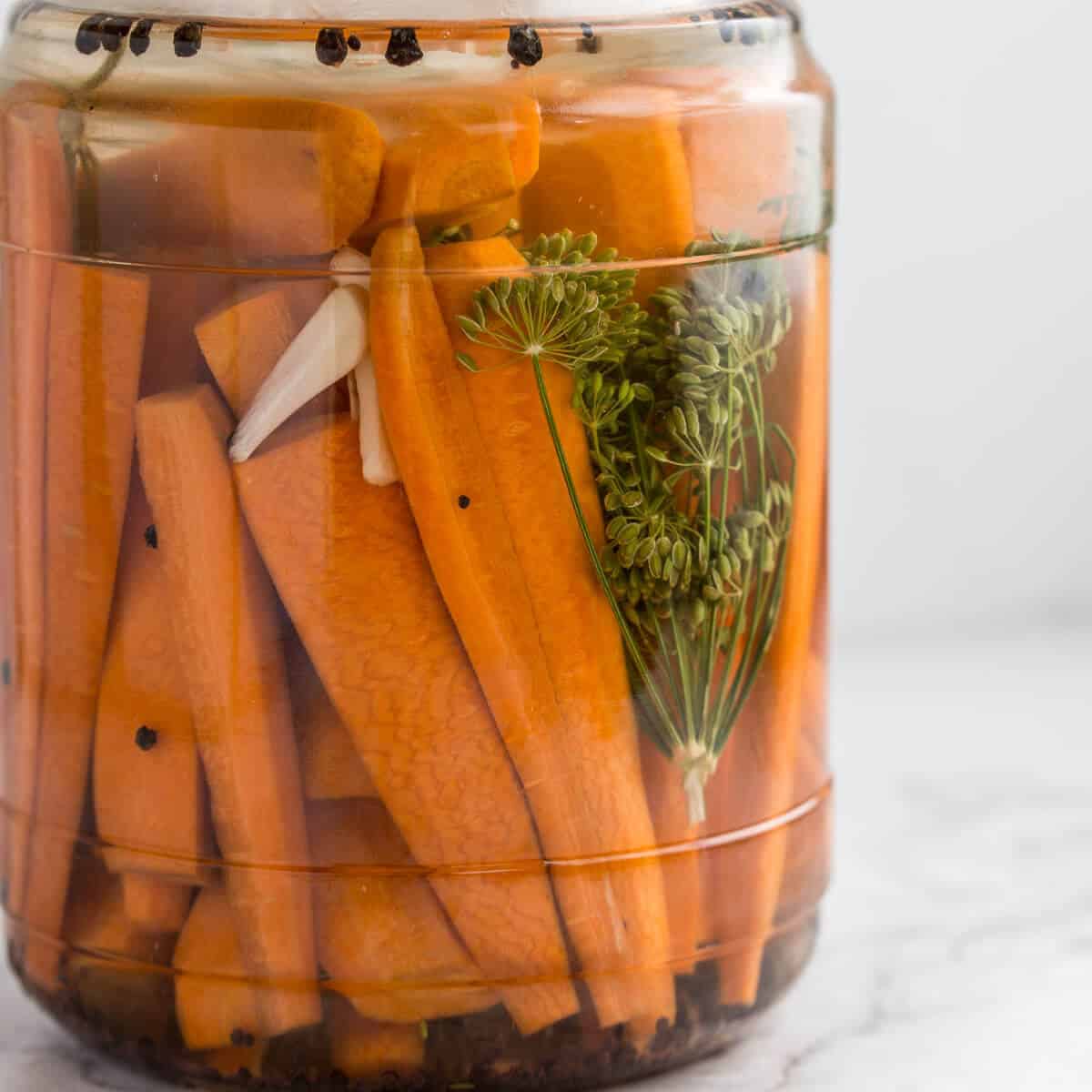
Variations
You can easily modify this recipe for fermented carrots by adding or changing some of the components.
It's important to keep in mind that when you flavour ferments the original flavour of the ingredients will change by the time fermentation is done.
Some flavours keep their original character better than others and the fermentation process also creates a unique taste in each individual batch.
Here's a few ways you can adjust this recipe:
- Aromatics - You can make fermented carrots with ginger by simply adding some fresh stem ginger slices to the brine. Other aromatics like lemongrass, lime leaf or citrus peel all work well too.
- Spice - Keep it simple when using spice. Maybe a few dried or fresh chillies for heat. Juniper berries or allspice are also great. Add some star anise, dill seeds or coriander seeds to compliment the natural carrot flavour.
- Herbs - Works well with a few bay leaves and also loves a few stalks of fresh dill. You can also add herbs like rosemary, thyme and lemon verbena. For a middle eastern touch add rose petals.
Whichever you choose. Keep it simple. Flavours change through fermentation and it's best not to bombard fermented foods with lots of different flavours.
As an example, I would make variations on this fermented carrot recipe by replacing the dill tops, garlic, pepper, and mustard with the following combinations:
- Ginger, coriander, lemon verbena
- Citrus peel, juniper berries, rose petals
- Lime leaf, chilli, garlic
Serving suggestions
Long gone are the days where fermented foods where only eaten in beer houses alongside pork knuckles and sausages.
Apart from being a pickle in the traditional sense, fermented carrots can be used in a variety of other ways to enhance flavour, bring balance and nuance to already established recipes.
Here's a few ways you can use fermented carrots:
- Finely julienne the carrots and add to raw salads like coleslaw along with unfermented carrots.
- When making a stew or hearty soup dice it about ½cm and add in halfway through cooking. Be sure to not overdo it as the final result might be too sour for your liking. In moderation, it adds balance to rich dishes and adds another layer of flavour.
- When making dishes like these Thai spiced lamb koftas, simply grate some carrot into the mix before cooking for extra flavour and texture.
- Serve alongside other ferments with rich meat dishes like bacon-wrapped pork tenderloin or oven-roasted chicken breast.
- Grate and mix with homemade sriracha, ginger and chopped cilantro to make a quick and easy side dish of fermented carrots and ginger for massaman curry or a creamy chicken and coconut curry alongside some perfectly cooked fluffy rice.
Frequently asked questions
Up to 9 months kept in the fridge. Although it could keep forever the taste does suffer and it is at its peak the first 6 months after fermentation has been halted.
There is something called kahm yeast that might look like a thin white film of mould but, is actually harmless. Just carefully remove from the top if it does appear as it can affect the flavour of a ferment.
If you see any other strange colours of mould or the carrots smell weird then it's better to be safe than sorry and throw it out and start again.
Some bad bacteria might have crept in. Always make sure you wash your equipment, hands and ingredients well.
Once your carrots have fermented to your liking, move it to the fridge where fermentation won't completely stop but, it will come to a very slow crawl. Keep it in the brine and store airtight.
Whenever you use some of it make sure to use clean utensils and never bite a carrot and then throw it back into the jar with the rest. This might cause bad microbes to creep in.
As carrots ferment the brine might at some point become a little slimy and thick. Don't worry yet. This stage will usually pass and the brine will return to its watery self.
This is caused by butyric acid-producing bacteria(clostridium) that takes hold early on when the lactobacillus hasn't populated the ferment yet. Usually, the lactobacillus will overtake and the ferment will be good when done.
It usually happens at higher temperatures and with vegetables like carrots, beets and radishes.
Usually but not always the brine will normalise if all goes well and the lactobacillus wins the race in souring the brine. If the ferment does not sour after about ⅘ days. Discard the batch as bad bacteria won the race.
If it's still slimy after 28 days, throw it out. Wild fermentation comes with the risk of bad bacteria spoiling a batch. Rare but it happens. So, rather be safe and start over.
To prevent this from ever happening in the first place, simply add a cup or so of starter culture in the form of brine from another ferment like fermented cucumbers or sauerkraut.
Related recipes
- Lacto fermented cucumbers
- Homemade sriracha hot sauce
- Sauerkraut
- Naturally fermented citrus & strawberry soda
- How to grow koji and what to to with it
Useful equipment
This site contains affiliate links. I may earn a tiny commission on qualifying purchases at no extra cost to you. By bookmarking these links you help support the upkeep of this site.
If you found this post helpful or have learned something, comment, subscribe, and follow me on social platforms for more tasty recipes.
Recipe
Lacto Fermented Carrots Recipe
Ingredients
- 1300 g (2.87 lb) carrots - top quality
- 1400 g (3.09 lb) water - clean drinkable
- 54 g (3 tablespoon) salt - pure non-iodized
- 8 each (8 each) garlic cloves
- 4 g (1 teaspoon) mustard seeds - (optional)
- 4 g (1 teaspoon) black peppercorns - (optional)
- ½ bunch (1 cup) dill blossom or fresh dill
Instructions
- Wash the carrots under cold running water, peel them, cut them into 1¼'s lengthways and give them another rinse.
- Place a large properly cleaned 3L Glass jar or plastic bucket onto the scales and zero the weight. If you do things in gallons then use a 1-gallon container. Make sure to wash the container, your hands and utensils properly to avoid any unwanted bacteria from joining the party.
- Add the carrots so that they neatly fill the container. Make them all stand up straight. This way it's easier to fit them all into the container.
- Fill the container up with water taking note of the total weight of the ingredients and the water.
- Multiply that number by 0.02. That is the amount of salt needed in the recipe. Pour the water out into a jug or container and mix in the salt until fully dissolved along with the garlic, black pepper, mustard seeds and dill blossom. Now you have the brine.
- Pour this brine back into the vessel with carrots and place a small plate on top or a plastic bag filled with water. This is to make sure the carrots stay submerged in the brine.
- Close the container with a lid, leaving 4cm or 2 inches room at the top of the vessel, and let the carrots ferment at room temperature (21°C) or 69°F out of direct sunlight for 2 weeks or until you are happy with their taste. Make sure to "burp" or let out gas buildup every 3 to 4 days.
Notes
- When done fermenting store fermented carrots in the fridge sealed airtight in its fermentation vessel and brine. Fermented carrots will be good for up to 9 months after which the flavour will not be too nice. The ideal consumption window is between 1 and 6 months after fermentation has been halted.
- See post for troubleshooting tips, frequently asked questions and an in-depth explanation about fermentation in general.

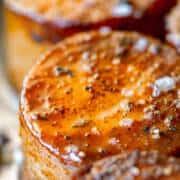
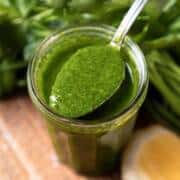

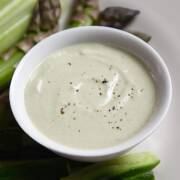
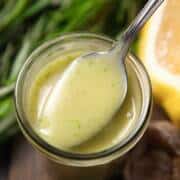
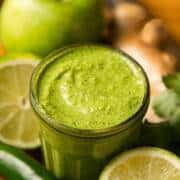
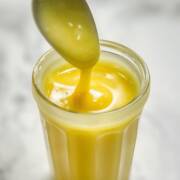

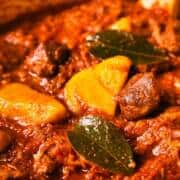
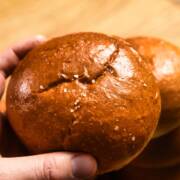

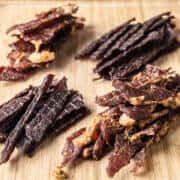


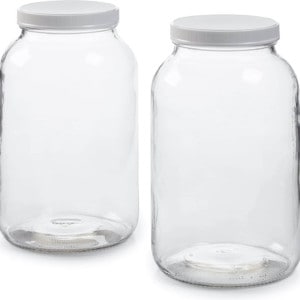
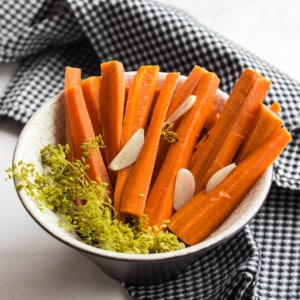

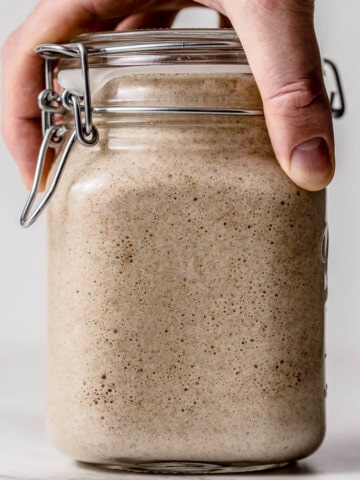
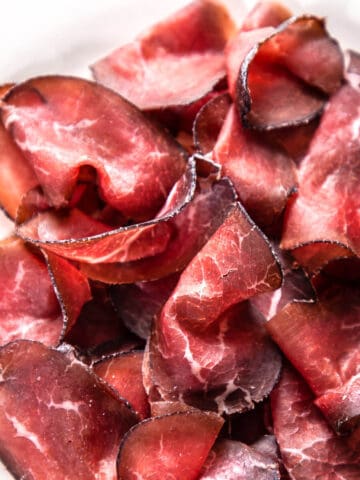
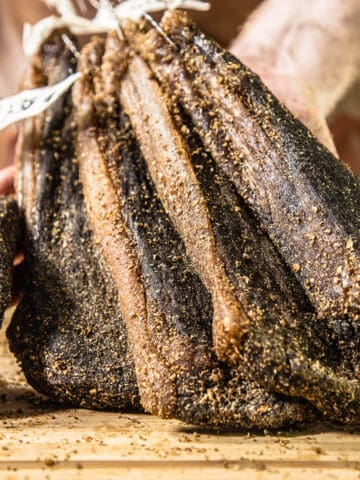
Simon
Healthy.......